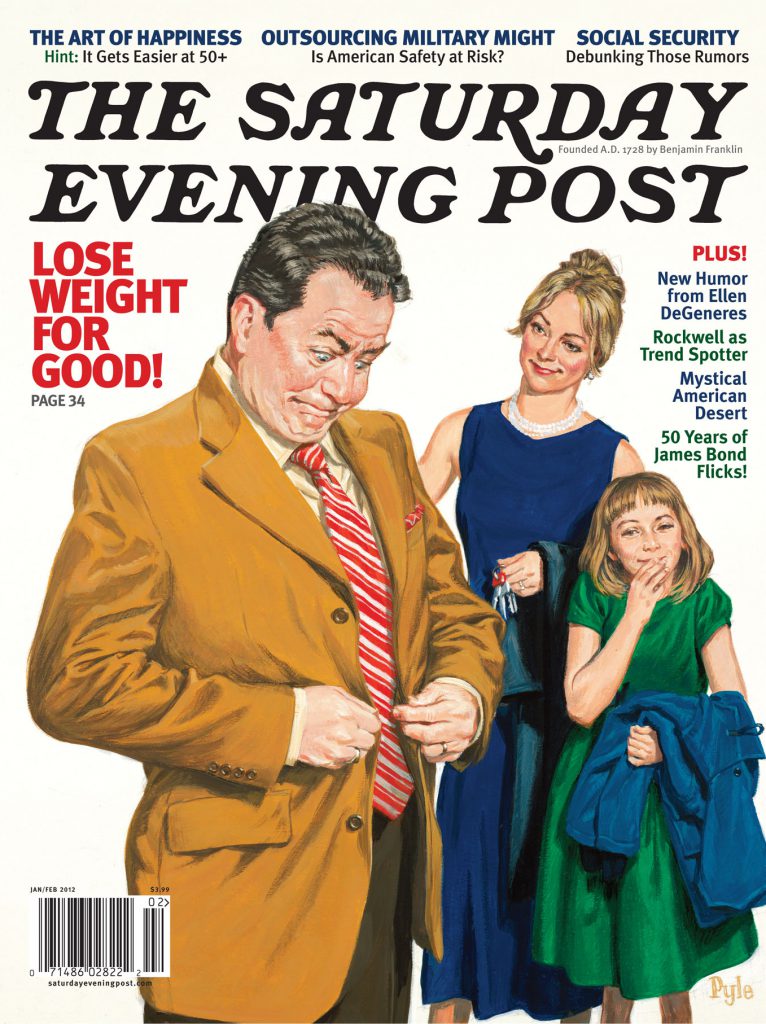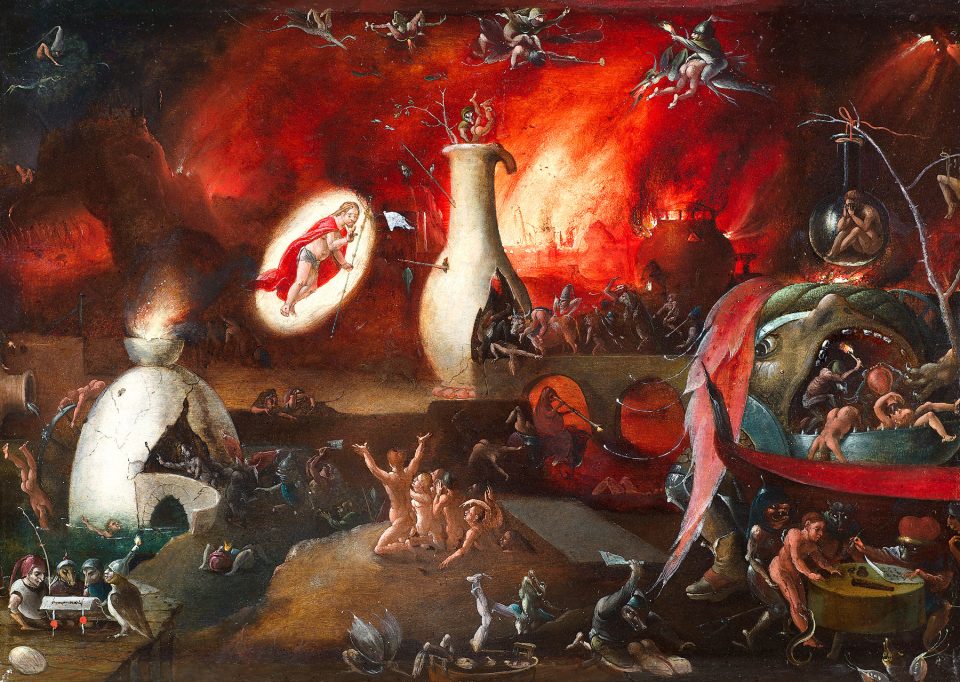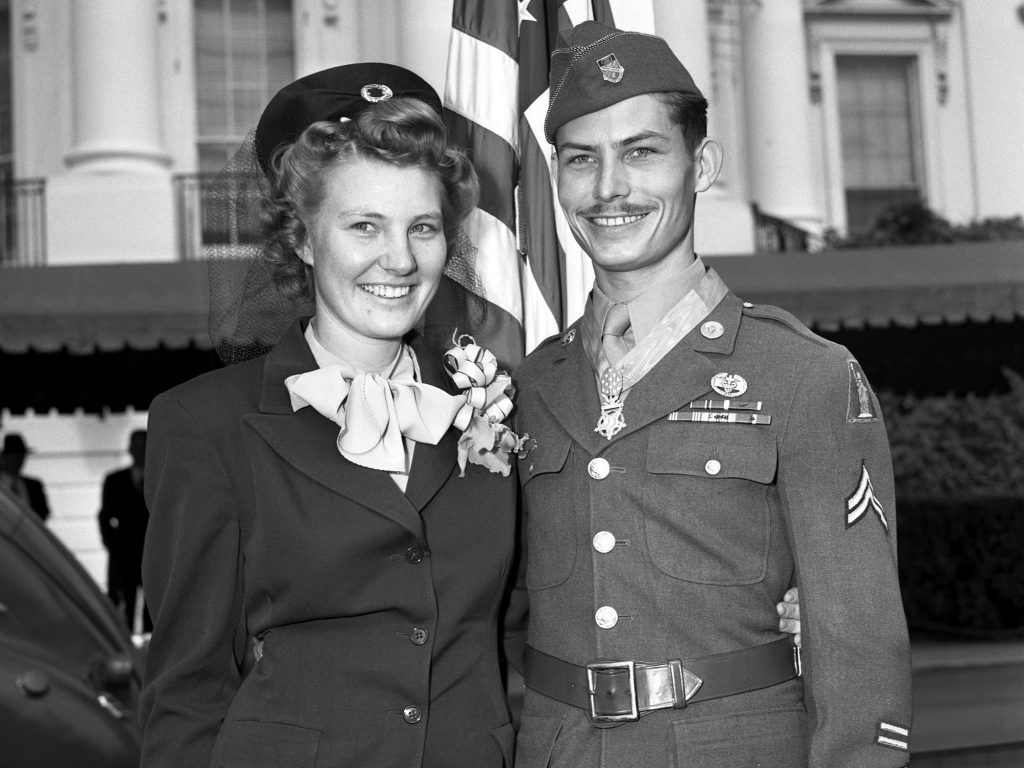
This look at the critically acclaimed film, Hacksaw Ridge, comes to us from our friend Josh Encinias.
I loved being in the House of Dietrich Bonhoeffer in college, but if I were to create a Christian fraternity today, it would be under a different namesake: Desmond Doss. Prince is the most famous former Seventh-day Adventist, but Doss is the most important Adventist you’ve never heard of. I recently spoke to David Permut, producer of Hacksaw Ridge—who walked away with two Academy Awards last night—who said he wanted to turn Doss’ story into a feature film for sixteen years before it happened.
“When I heard the story of Desmond Doss I didn’t believe it. How does a medic who wants to serve his country in World War II not want to touch a gun? He just wants to save people without firing a weapon,” Permut said. “I couldn’t believe it, but this guy received the Congressional Medal of Honor and Purple Heart for saving over 75 men on a steep cliff nicknamed ‘Hacksaw Ridge’ during the Battle of Okinawa.”
After lengthy negotiations between Doss, the Seventh-day Adventist Church and Permut’s team, the project was greenlit. All Permut needed was a director and an actor to portray Doss.
Director Mel Gibson and lead actor Andrew Garfield needed a hit at the box office and with critics to redeem themselves in Hollywood (an industry notorious for disposing undesirables. See: Sunset Boulevard). Gibson is an infamous alcoholic and Garfield played Peter Parker in the unsuccessful relaunch of the Spider-man films. If they were going to reestablish themselves, they would have to grovel at Hollywood’s feet. And there’s no better way to earn Hollywood’s favor than by independently producing Oscar-bait. Make a movie, sell it to a Hollywood studio, and let them garner awards. And you know what? That’s exactly what Gibson and Garfield did. Hacksaw Ridge earned acting, directing, sound editing, and best picture awards from countless critics associations and industry groups. And Hacksaw pulled an upset when they received six nominations, including best actor, best director and best picture at the 2017 Academy Awards. But there’s more to this story.
Gibson and Garfield followed the rules of success but did so on their own terms. Garfield by exploring his faith through this film and Martin Scorsese’s Silence and Gibson by putting himself on screen through Doss’ religious conscientious objection to war. Gibson is a Sedevacantist, a traditionalist Roman Catholic sect who allege the “present occupant of the Holy See is not truly pope due to the mainstream church’s espousal of the heresy of modernism.” So they’re kinda Protestant! If you want a taste of Sedevacantist piousness, watch Stations of the Cross, about the fictional Society of St. Paul, an imaginary Roman Catholic fringe group.
 But Gibson and Doss do not perfectly align, as Gibson isn’t anti-violence. I think Gibson sees himself in Doss’ conviction to his conscience. In making a picture about a Christian pacifist who calls his participation in World War II ‘conscientious cooperation,’ Gibson makes a better case for the theology of the cross than moral imitation.
But Gibson and Doss do not perfectly align, as Gibson isn’t anti-violence. I think Gibson sees himself in Doss’ conviction to his conscience. In making a picture about a Christian pacifist who calls his participation in World War II ‘conscientious cooperation,’ Gibson makes a better case for the theology of the cross than moral imitation.
The first hour of Hacksaw Ridge is like The Saturday Evening Post sprinkled with moments of realism. Norman Rockwell’s Post covers often belied social problems to capture moments of relief, embarrassment or harmony—the opposite of Alfred E. Neuman’s cherubic irony. The screenwriters deploy Americana in that hour with flashes of tension between Doss’ alcoholic, WWI veteran father and his family in the otherwise picture perfect Lynchburg, Virginia. This part of the film is funny, cute and mostly disposable if the filmmakers didn’t deliver the blood and guts promised by a movie titled Hacksaw Ridge.
The filmmakers use Vince Vaughn’s frat boy reputation as the hilarious and hard ass drill Sgt. Howell. He uses his soldiers to snuff out Doss once it’s revealed that he refuses his rifle. From this point forward, Hacksaw Ridge becomes a humanist-Adventist triptych of Good Friday, Holy Saturday and Easter.
Doss is beaten and humiliated by his fellow soldiers. When questioned by his superiors, his only defense is “I am what I am” and he brings up the Bible’s command not to kill and Jesus’ new commandment to love your neighbor as yourself. Doss takes this to mean he can serve his fellow soldiers best by tending to their wounds on the battlefield. Doss is taken to court but in a harrowing, last-minute intervention by Doss’ troubled father, the medic avoids court-martial and is permitted to enter the war without a weapon. For a guy with Doss’ convictions, the cost of selflessly entering this kind of battle is nothing less than crucifixion.
The moment Sgt. Howell’s soldiers set foot in Okinawa they are stepping into hell. Dead Americans are strewn across the foggy ridge. Some aren’t dead, yet, but slowly dying alone in the mud. As Doss’ fellow soldiers brutalize and are brutalized by the Japanese, he diligently follows along to help the afflicted. In a later scene he even helps a wounded Japanese soldier.
The medics at Hacksaw wanted to leave soldiers with mortal wounds behind, but Doss protests their decision. He sees to it that the wounded are sent to MASH units. And when Doss’ squadron is told to pull back, he stays behind to retrieve the dying. These racist, hyper-masculine, antagonistic soldiers who put Doss through hell were delivered from fate.
Desmond Doss’ overnight raid of the dying has strong parallels with Jesus “descending into hell,” referenced in the Apostles Creed. Joel J. Miller provides a helpful illustration:
As fourth-century Spanish poet Prudentius painted the scene, “The door [of hell] is forced and yields before Him; the bolts are torn away; down falls the pivot broken; that gate so ready to receive the inrush, so unyielding in face of those that would return, is unbarred and gives back the dead. . .” (The Daily Round 9).
Doss gave back the dead. Seventy-five of them, all by himself. Can I make this anymore on the nose? Doss saves soldiers until he is surrounded by the Japanese and has to repel over the ridge to safety. When he’s taken back to camp, he showers outdoors against the backdrop of the sun. We see water and blood pour from his hair, a metaphor for baptism and resurrection. His bravery energizes his fellow wounded soldiers to revisit Hacksaw and finish the job. Except now they won’t step foot into battle until Doss finishes praying for them. One soldier explains that they don’t believe what Doss believes, but they believe in him.
Hacksaw Ridge is about an unbelieveable man doing unbelievable things for people who don’t like him. Desmond Doss honored his faith and conscience like few before or after him. But what are we to make of it? You walk away amazed and inspired by Desmond, but most of us show less grace in rush hour traffic than we’d like to admit, much less to people who bully us. Are we supposed to follow Desmond’s example? In a sense, yes. In the Beatitudes, Jesus made the law harder to follow; therefore, punishment for breaking the law became a more likely outcome than ever before. However, Jesus upped the ante because he knows how often we offend instead of rescuing our enemies. He needed to show us there’s only one ‘Desmond Doss’ who harrows hell.
In an era of the Benedict Option, prodigious Christian culture makers would make Desmond Doss the new Dietrich Bonhoeffer. Doss teaches us that following our conscience and selfless behavior just might be what our neighbor needs. And Doss’ example could help create a church culture that is a “hospital for sinners.” But more importantly, Doss points to the one who was selfless before him, on the whole world’s behalf.
And if I have any say, The King’s College will name a House of Desmond Doss.

COMMENTS
4 responses to “Desmond Doss, the Coward”
Leave a Reply















I enjoyed the film. I do wonder, however, what Doss would have thought of it. Several scenes depicting his heroism were completely over-the-top and silly (even for Gibson, IMO). The violence in the film is typical of war movies, but I have a hard time believing that Doss could sit through it. That said, Gibson’s portrayal of Doss was very reverential.
I am pretty sure that Doss would have a hard time sitting through any presentation of what he did, which is why his story is so powerful. The image of hell is one way of seeing what Gibson wishes to present, but it seemed also that it fit with many mountaintop experiences from the Bible and the terror and uncertainty of faithful people in the midst of trying to hear God speak. The voices of God seems thunder and threat until the voice of those in need calls out for help. Then Doss can hear. I think that Doss would grant some license to Gibson’s attempt to add interpretation to the story. He still can’t get past his obsession with blood and Hollywood is infatuated with slow motion violence. It is one of the best attempts in recent memory of a movie trying to deal seriously with issues of faith and how one lives in faithfulness in moments of trial.
I wonder what Dietrich Bonhoeffer would think of Eric Metaxas’ Bonhoeffer biography?